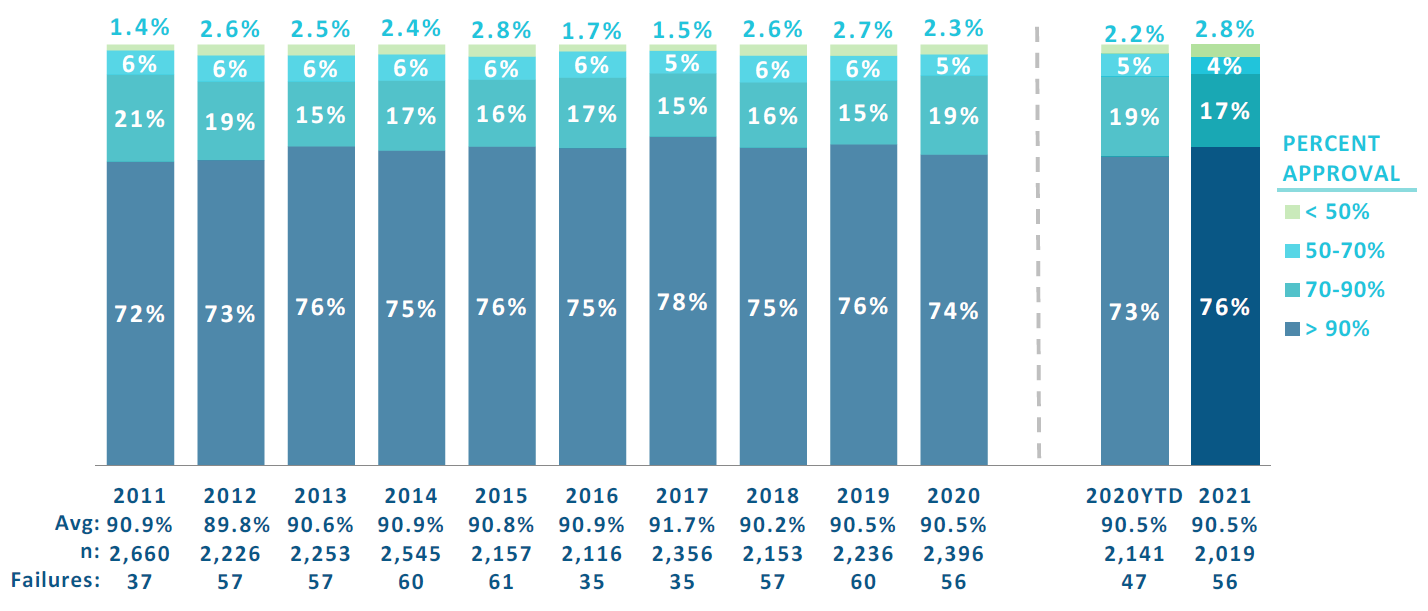Robert Schwarz is a Senior Researcher at the Conference Board’s ESG Center. This post is based on his Conference Board report. Related research from the Program on Corporate Governance includes The Illusory Promise of Stakeholder Governance and Will Corporations Deliver Value to All Stakeholders?, both by Lucian A. Bebchuk and Roberto Tallarita (discussed on the Forum here); For Whom Corporate Leaders Bargain by Lucian A. Bebchuk, Kobi Kastiel, and Roberto Tallarita (discussed on the Forum here); and Restoration: The Role Stakeholder Governance Must Play in Recreating a Fair and Sustainable American Economy—A Reply to Professor Rock by Leo E. Strine, Jr. (discussed on the Forum here).
Executive Summary
Following the killing of George Floyd in May 2020, many large US companies committed to donating large sums to nonprofits to address racial inequality. [1] These financial commitments were in addition to pledges to address racial inequality through revising company policies, implementing internal education and development programs, increasing diversity and equity in their workforces and management ranks, and increasing their disclosures of racial/ethnic data—all of which also have a financial dimension.
One year later, some in the media and several advocacy organizations are questioning these external financial commitments, asking where the money has gone and what progress has been made. [2] Much of the criticism misses the mark, as it fails to appreciate what it takes for a company to commit to, design, implement, and monitor multimillion-dollar programs to address social problems.
The Conference Board held a roundtable discussion with 55 corporate citizenship executives and conducted a survey with 86 respondents on “Corporate Racial Equality Investments a Year Later.” We found that the hundreds of millions of dollars that companies have committed to nonprofits is just part of their overall effort to address racial inequality. Even more significantly, we found that the pace of spending to date reflects the seriousness with which companies are taking this issue. Companies made long-term financial commitments to address racial inequality, reflecting the fact that this is a long-term challenge. Further, companies have been actively laying the groundwork for a sustained effort: they have focused on deepening their expertise on racial inequality, building internal capacity, and forging external relationships to be able to deliver on their commitments.
